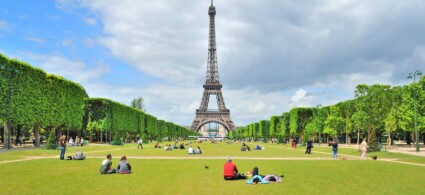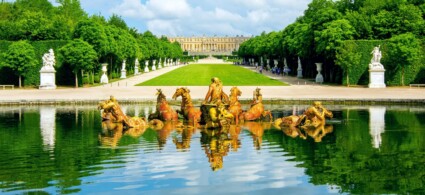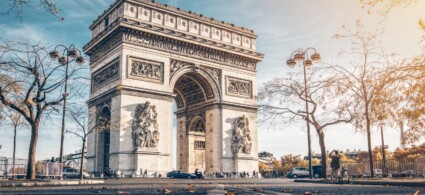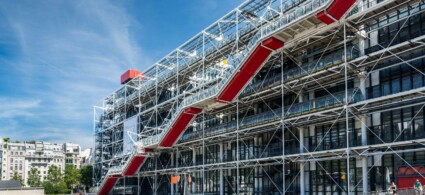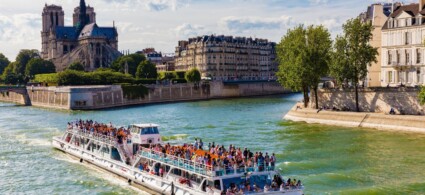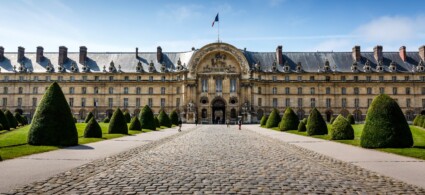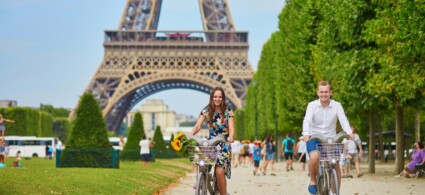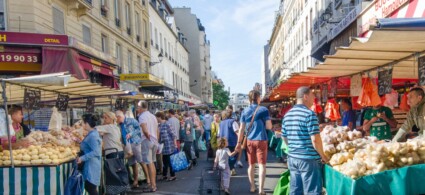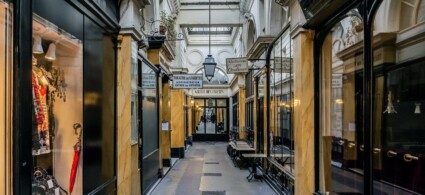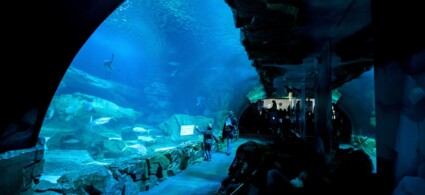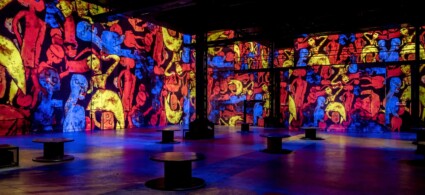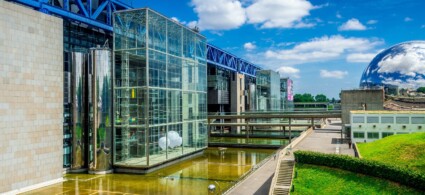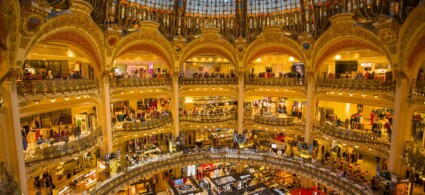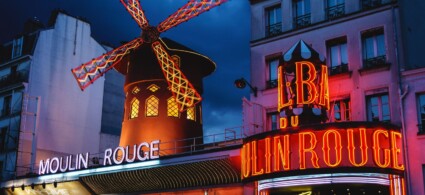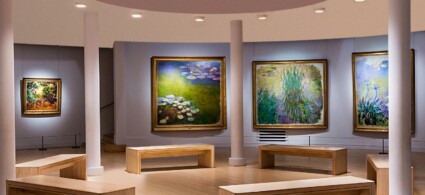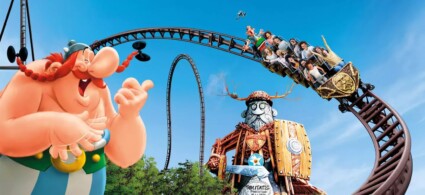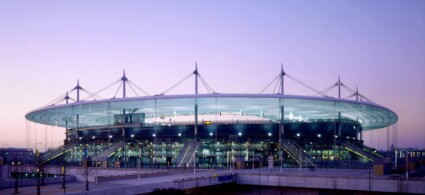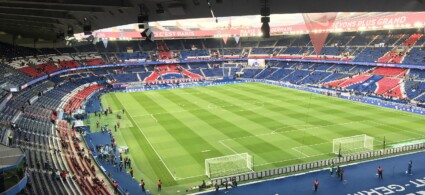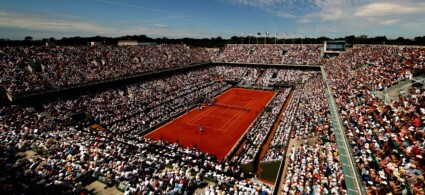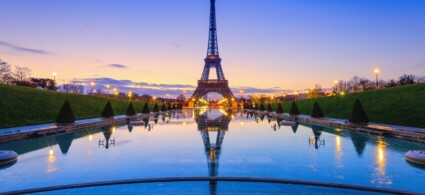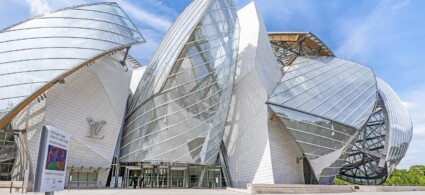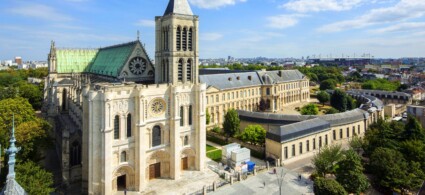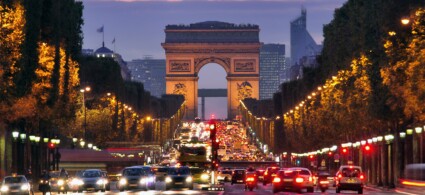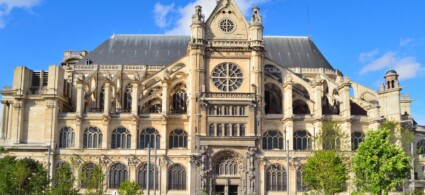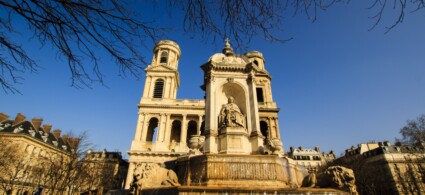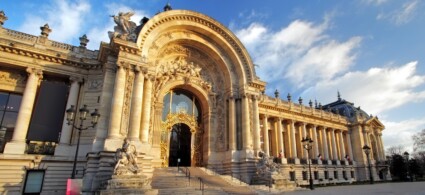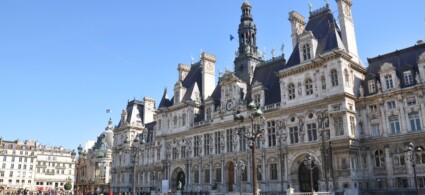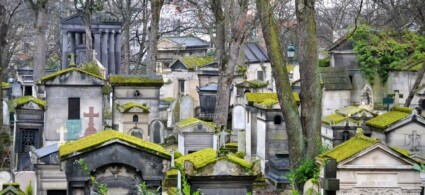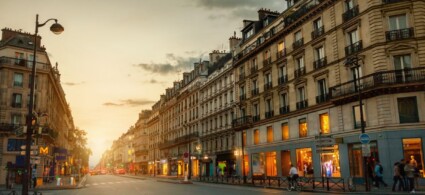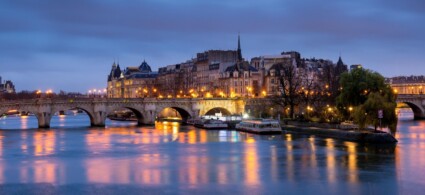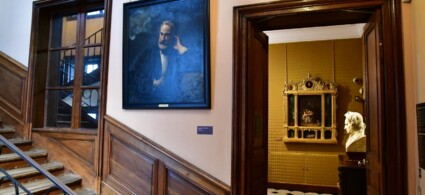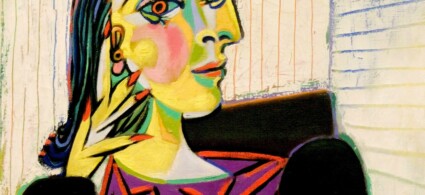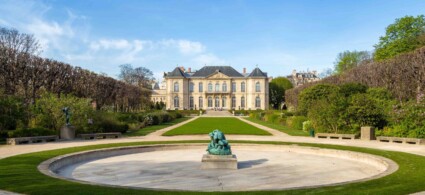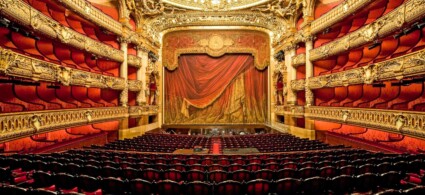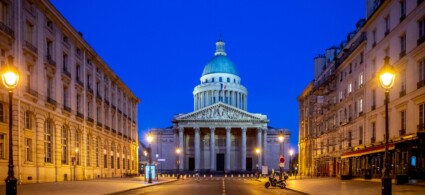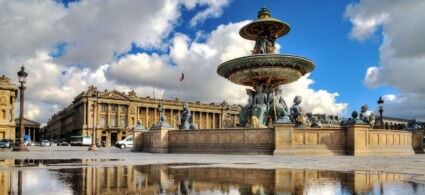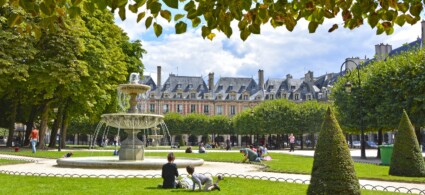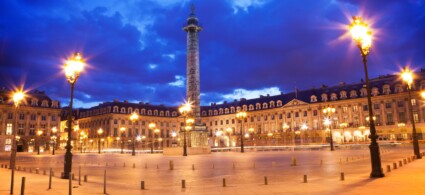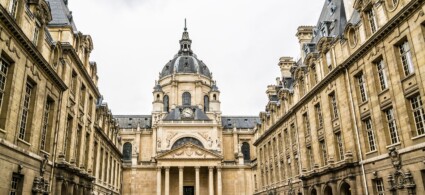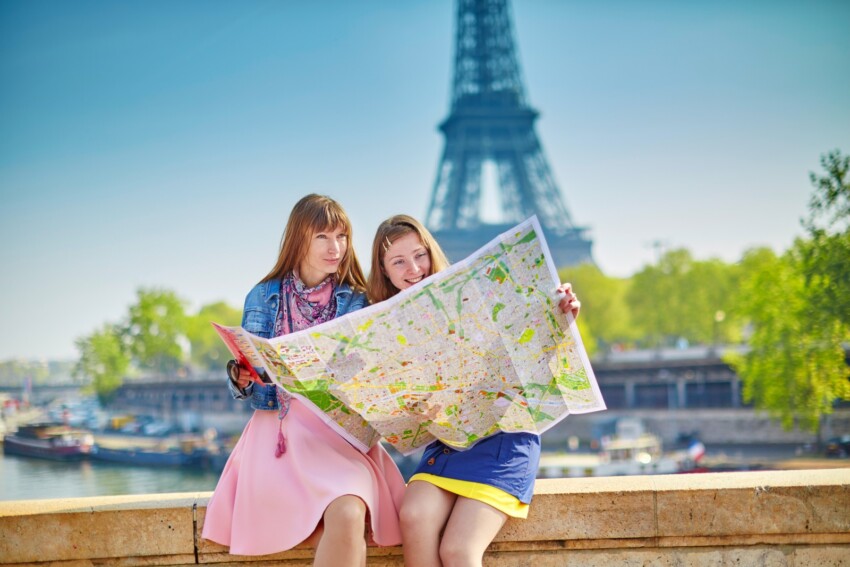

A romantic city by definition, with a huge number of iconic monuments and magnificent views, Paris conjures up so many adjectives that it is by far one of the most multifaceted European capitals and a favourite with travellers from all over the world.
Enchanting at any season of the year, always in step with the times, the ‘Ville Lumiére’ has always bewitched millions of people who leave a piece of their heart in this unmissable city. Famous for its cuisine, art and museums, as well as for the Seine River that flows through the city, Paris is undoubtedly one of the most beautiful places in the world.
Walking along its streets is a bit like living in a dream. Between cancan dancers, evenings at the opera, wine and cheese tastings, compulsive shopping, and locations used for hundreds of films, it will be hard to avoid being seduced by this iconic city of beauty.
Visiting the French capital is very easy, flights to Paris airports are in fact daily and numerous, the currency is the Euro and it is sufficient to have with you an identity card valid for expatriation.

The Eiffel Tower is named after its architect, Gustave Eiffel, is 324 metres high , including the television antenna at the top, and was built for the 1889 Universal Exhibition to celebrate the first anniversary of the Revolution. The Eiffel Tower is not only the symbol of Paris, but one of the most famous monuments in the world.
As soon as it was built it was opposed by the French intellectuals of the time, some of whom nicknamed it ‘the metal asparagus’ and it was in danger of being pulled down.
There are three levels open to the public. Be prepared for long queues at the entrance. Don’t miss the panoramic view of the city with the night lights.

The Louvre is one of the largest museums in the world and contains some of the world ‘s most important masterpieces of Western art from the Middle Ages until 1848. Divided into four parts – the Sully, Denon and Richelieu wings and the so-called Halla Napoléon – the Louvre houses paintings, sculptures and other works collected by French governments over the last five centuries. When it was inaugurated, the Louvre had 2,500 paintings and objets d’art. Today, some 35,000 can be admired.
To see all the works on display at a leisurely pace, some have calculated that it would take nine months. Therefore, the best thing to do is to organise yourself in advance and choose the sections you are interested in, identifying the location of the must-see works( Leonardo da Vinci’sMona Lisa, for example, is in the Denon Wing, on the first floor). Among the must-see works are The Venus de Milo, The Codex of Hammurabi, The Turkish Bath by Ingres, The Raft of the Medusa by Géricalut, as well as many paintings by Raphael, Botticelli and Titian.
The main entrance and ticket offices are located under the Great Pyramid, a 21 cm high glass structure designed by the Chinese-born American architect, I.M.Pei.

A stunning example of Gothic architecture, Notre-Dame Cathedral is the true heart of Paris. The bronze star embedded in the floor on the opposite side of the street from the main entrance to the cathedral indicates the exact position of the zero point of French roads(point zéro des routes de France).
A symbol of Catholic Paris for over seven centuries, the cathedral was built on a site already occupied by older churches. Built from 1163 onwards, to a design by Bishop Maurice de Sully, and completed in the early 14th century, the building was damaged during the Revolution and restored from the mid-19th century onwards.
The entrance to the Tours de Nostre-Dame is located in the north tower. Climbing the 422 steps of the spiral staircase, you will reach the top of the western façade, where you will find the cathedral’s famous and eerie gargoyles, the 13-ton Emmanuel bell, located in the southern tower, and of course a spectacular view of Paris.
Beneath it is an archaeological crypt containing the remains of early Parisian settlements.

At the turn of the 19th and 20th century, the bohemian lifestyle of the Montmartre district attracted many artists and writers who came to settle in the 18th arrondissement. After World War I, the heart of Parisian artistic life moved to Montparnasse, but Montmartre retained a strong community identity and unique character.
Wide stairways, cobbled streets and small houses with wooden shutters give this neighbourhood an irresistible picturesque atmosphere. Although today Montmartre is rather touristy, street performers try to keep the old atmosphere intact, the neighbourhood attracts many travellers and remains one of the most iconic places in Paris.

We are in front of another icon of Paris: the Basilica of the Sacré Cœur (Basilique du Sacré Cœur) took a good 40 years, from 1876 to 1919, to complete and was built thanks to donations from Parisian Catholics after the humiliating Franco-Prussian war of 1870.
A spiral staircase of 234 steps leads to the dome, which offers a beautiful view of Paris. The highest bell tower houses La Savoyarde, a bell that weighs 19 tonnes and is the largest in France.
The church is built on a 130-metre high hill in the Montmartre district of Paris. It seems that from the top of its steps, on a clear day, you can see the surrounding landscape up to a distance of 30 kilometres. Certainly, this represents one of the most extraordinary views of the city.

Under this great arch at the centre of Place de l’Étoile (or Place Charles de Gaulle), the largest roundabout in the world and the meeting point of 12 avenues, lies the body of an unknown soldier who died during the First World War, whose sad fate, along with that of his comrades who died on the battlefield, is commemorated by an everlasting flame.
The Arc de Triomphe is located at the west end of the Champs-Elysees and is one of the best known monuments to the fallen soldiers of the French Revolution and Napoleonic Wars. It was Napoleon who commissioned it in 1806 to commemorate his victories, but work was interrupted only to be completed by Louis Philippe in 1836.
The base of the arch is decorated with high relief panels, the most famous of which is known as La Marisgliese.
From the viewing terrace at the top of the arch, at a height of 50 metres, with a total of 284 steps, you can clearly see the 12 avenues radiating in all directions.

Besides being a nice place to rest and shop, the Avenue des Champs- Élysées is also the connection point to many of the city’s attractions, as it connects Place de la Concorde with the Arc de Triomphe.
It has been considered a symbol of the style and joie de vivre of Parisians since the mid-19th century. Its name derives from the Champs Elysées where, according to Greek mythology, the souls of the blessed dwelt after death.
This grandiose boulevard, about two kilometres long, comes alive particularly on two occasions – on New Year’s Eve and during the last stage of the prestigious Tour de France – but also during the rest of the year it continues to host a heterogeneous crowd that gathers on this avenue to enjoy good company.

The Musée d’Orsay is another of France’s major art collections. Located along the Seine, opposite the Tuileries Gardens, the museum was built inside the old Orsay station, which was built for the 1900 Universal Exhibition and still retains great charm.
The works of art exhibited in the Musée d’Orsay were created in the decades between 1848 and 1914. The museum is therefore, from a chronological point of view, a direct continuation of the art exhibited in the Louvre. People come to this museum especially to admire the works of the Impressionists and world-famous painters such as Van Gogh and Gauguin. Among the must-see paintings are Manet‘s Breakfast on the Grass, Monet‘s Poppies, Degas‘ Dance Class, Renoir‘s Bal au Moulin de la Galette, Van Gogh’s Self-Portrait and The Church of Auvers, Gauguin’s Two Tahitian Women, Seurat ‘s The Circus and Courbet‘s The Origin of the World.

Marais means ‘marsh‘ and, until the 13th century, this area of the Rive Droite, located just north of theIle Saint-Louis, was only an area awaiting reclamation. In the early 17th century, Henri IV had today’s Place des Vosges built, transforming this part of the city into one of the most elegant and stylish residential areas in the entire capital.
Today, Le Marais is still home to the old Parisian Jewish community, as well as being a popular area for the bourgeoisie and one of the few neighbourhoods in Paris that retains most of its pre-revolutionary buildings intact.
Place des Vosges, inaugurated in 1612, is the oldest square in Paris and takes the form of a large quadrangular open space overlooked by 36 symmetrical buildings with ground-floor arcades, sloping slate roofs and large dormer windows. On this square is also the hotel, now a museum, where Victor Hugo lived.

One of the most mysterious corners of Paris is formed by the 18th century catacombs , perhaps the largest necropolis in the world. Formed by some 300 kilometres of tunnels, although it is only possible to walk through two of them, the underground catacombs of Paris represent a very interesting historical site in the French capital. The two-hour tour of Underground Paris is a way to complete the visit of this extraordinary city, retracing 2000 years of its history from an unprecedented point of view.
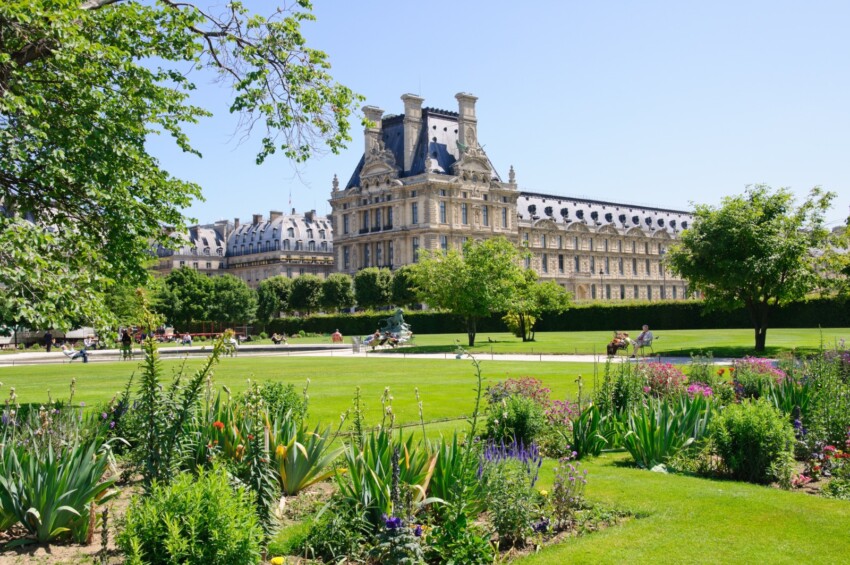
Covering an area of 28 hectares on the stretch of riverfront that has been a UNESCO World Heritage Site since 1991, the Tuileries Garden took on its current appearance around the middle of the 17th century.
Dotted with beautiful sculptures, including The Welcoming Hands by Louise Bourgeois, Le Tuileries soon became the most fashionable place in Paris and is now a favourite destination for Parisians to stroll or jog.

Inaugurated in 1977, the Centre National d’Art et de Culture Georges Pompidou is known for its important collection of modern art, but also for the decidedly innovative architectural concept behind the building.
The large hall on the ground floor of the Centre Pompidou houses temporary exhibitions, while the fourth and fifth floors display part of the 50,000 works of the National Museum of Modern Art, which devotes large sections to Surrealism, Cubism and Pop Art.
The huge library occupies the second and third floors, as well as part of the first. On the sixth floor there are two galleries for temporary exhibitions and a restaurant offering an extraordinary view of Paris.
The Georges Pompidue Centre also houses two cinemas and other entertainment spaces.

The Palace of Versailles is 30 minutes from the city and is one of the most sumptuous places in the world. An excursion outside the city can be an interesting way to understand the complexity and importance that a city like Paris had in the past. The splendid palace is as beautiful as it is historically important and will certainly not leave its visitors disappointed.

About 30 kilometres from Paris is one of the most popular and popular attractions, especially with families and children, not only in the French capital but throughout Europe. Disneyland Paris is one of the largest amusement parks in the world and includes attractions galore, but also 50 restaurants of all kinds and 50 shops selling souvenirs, Disney collectables and toys.
Concerts and shows take place here all year round, and the park also includes a wide range of accommodation for those who want to spend several days enjoying themselves.
The main attractions are divided into five major theme parks: Walt Disney Studios Park, Disneyland Park – Discoveryland, Disneyland Park – Fantasyland, Disneyland Park – Frontierland and Disneyland Park – Adventureland . Popular attractions include Ratatouille, Buzz Lightyear Laser Blast, Peter Pan’s Flight,Thunder Mountain Railroad, Indiana Jones and the Temple of Peril andSpace Mountain Mission 2.
Also not to be missed are the shows with Disney characters parading through the streets during the day and the night show, which leaves everyone speechless.

A cruise on the Seine is one of the most romantic things to do in the French capital. There are different types of cruises, which allow you to discover curiosities about the city and give you unprecedented glimpses, as well as indulge in a moment of relaxation. One of the most popular tours is the one-hour evening cruise, which allows you to admire the monuments and palaces illuminated by atmospheric lights and cross romantic Parisian bridges with pleasant background music.
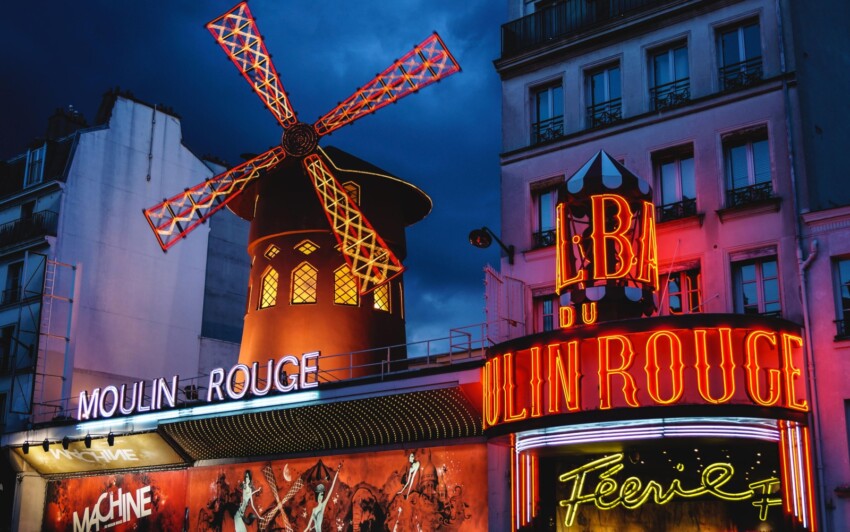
The famous Parisian cabaret has always intrigued thousands of people. Even today, you can still buy a ticket for one of its shows where feathers, rhinestones and sequins abound and enjoy yourself in the sumptuous surroundings of the Moulin Rouge. The visit also includes a glass of fine champagne to sip as you are transported to another era.
Discover Paris through the eyes of expert guides who will take you on a tour of the city's hidden treasures. Participating in a free tour will allow you to capture the true essence of Paris.
The free tours are a viable alternative to traditional guided tours. They work like this: participation is free and at the end of the visit you can leave a tip at your discretion. Below you will find our favourite free tour, otherwise you can see the full list by visiting this page.
In the following map you can see the location of the main places of interest mentioned in this article.
City Card allow you to save on public transport and / or on the entrances to the main tourist attractions.

